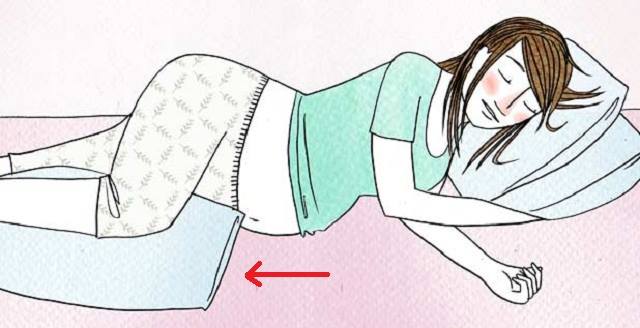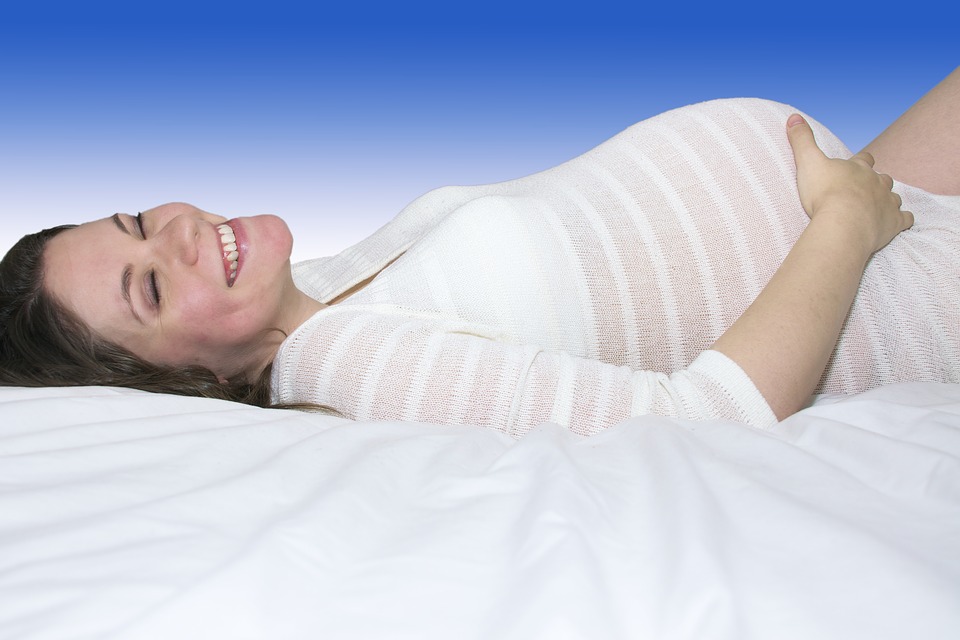The weight of a baby causes your lower back to sway as your center of gravity moves forward.
Poor posture (occurs naturally) – abdominal muscles stretch as the baby grows, they are less able to contract and keep your low back in alignment
– Hormone levels of relaxin increase and cause joints and ligaments to loos¬en
Corrected posture (requires practice) – in order to counteract the increased low back curve, straighten your upper back so that your ear, shoulder and hip are aligned.
Back pain is the most common soft tissue complaint of pregnant mothers.
There are a number of reasons for this, including:
· Increased ligament laxity due to the release of the hormone relaxin
· Increase in weight gain and forward weight bearing
· Poor body mechanics and postural habits
· Ribcage enlargement increasing subluxations
· Nerve and vascular impingement from mechanical pressure
The above factors increase the frequency of vertebral subluxations, muscular spasms, soft tissue pain and altered spinal biomechanics– all of which respond exceptionally well to chiropractic care and massage therapy.
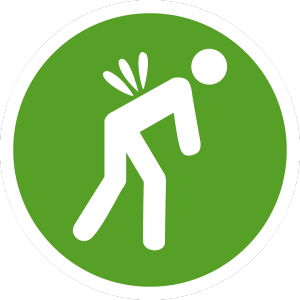
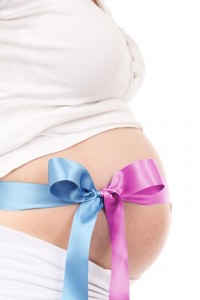
Pregnancy massage
In the first trimester massage can help ease nausea, headaches, sinus congestion and fatigue. In the second trimester it is effective in easing leg cramps, sciatica, and backaches. A pregnant wom¬an’s blood volume increases as much as 40%. Massage therapy helps to support the extra workload placed on the heart by aiding circulation as well as other body fluids. For women who must sit for prolonged periods of time, leg and pelvic massage help to reduce the likelihood of varicose veins and swollen ankles. In the final trimester it helps to reduce swelling, insomnia and overall joint and mus¬cle soreness. Regular massage during pregnancy gives muscle tone and flexibility that are needed during labor and delivery and can be very beneficial in recovery.

Breastfeeding and Posture
If sitting: sit up in bed or in a comfortable armchair making sure that both back and shoulders are supported
· Position one or more pillows at your side to bring baby up to breast level rather than having to hold baby up
· Once baby has latched on, lean back into the pillows and relax. Don’t hunch forward over your baby.
If lying down: Place two pillows under your head, a pillow behind your back, a pillow un-der your top leg and a fifth pillow tucked be-hind your baby. Remember…if mother is
comfortable then baby is likely to be comfort-able too!
Some more postural tips:
When sitting, do not cross your legs. This position decreases circulation.
When doing any task where you are standing for a prolonged period of time put one foot up on a step or stool. This will decrease the sway in your lower back. This will also relieve pressure from your low back while sitting.
Don’t lock your knees. This can also increase pressure on your low back. Instead, stand with feet shoulder-width apart and flex your knees just a bit so that the thighs take on more of your weight!
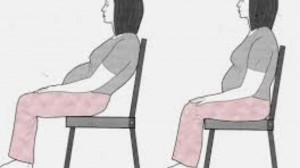
Strategies for lifting, bending and carrying a Baby
- To reach or lift low objects, spread your feet apart with one foot ahead of the other and bend your knees. This is a good stance when you have your baby on the change table.
- When lifting baby from a crib bring them close to you as you straighten your knees and lift; this allows you to use your thigh muscles rather than straining your back
- When getting in and out of bed or a car, turn your hips, pelvis and back in the same direction while maintaining a straight back. When getting out of bed, first roll to your side and then use your arms to push from the bed.
- When lifting baby from a car seat make sure that you actually get into the car rather than reaching in, lifting and rotating with them at arm’s length
- When carrying or holding your baby try to place them in front of you rather than on your hip, this will reduce a lot of one sid-ed loading that can strain the muscles in your back, arms and neck.
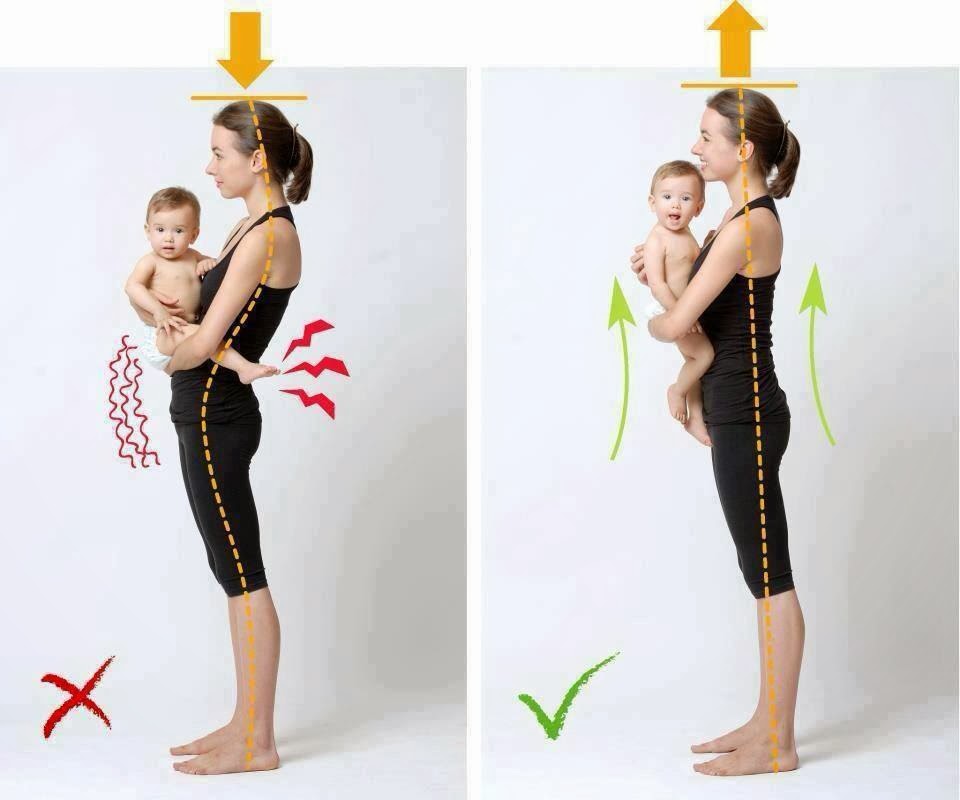
The Benefits of Exercising
Not only does your baby benefit from your healthy lifestyle but so do you! “The possible benefits to exercisingwomen include starting labor on time or a bit early, having a shorter and less-complicated labor, recovering more quickly and enjoying improved fitness after delivery.”
Dr. James F. Clapp, M.D.
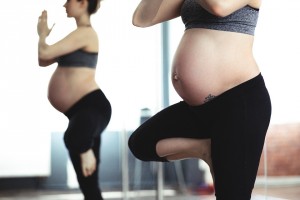
Calf stretch
- Stand 1 foot in front of a wall with your hands out against it
- Reach one leg out behind you, keeping your heel on the floor, keep this leg straight
- Lean into the wall to increase the stretch on your calf
- Hold for 20-30 secs
- Repeat with each leg 3 times
- This is a good exercise to do before going to bed if you are bothered by leg cramps at night.
Pelvic Tilt
Strengthens your abdominal and back muscles therefore decreasing back strain and fatigue
- Lie on back with knees bent
- Inhale through nose and tighten your stomach and buttock muscles
- Flatten the small of your back against the floor and allow your pelvis to tilt upward
- Hold for a count of five as you exhale slowly
- Relax, repeat 10 times
Sleeping Positions
Until your uterus really starts to grow you will probably find whatever position you are used to the most comfortable position to sleep in. As your uterus grows it becomes more important to adjust to sleeping on your side. This is because, on your back, the weight of the uterus can compress major blood vessels that run down the right side of the spine. Therefore the left side is the most recommended side to position you in. Its okay to move during the night as this is a natural part of our sleep process; even¬tually you will be too big to move around as much anyways!
To help reduce the strain on your low back and pelvis try to position your pillows so that that they are keeping your spine in alignment. A pillow between your knees while side-lying will accomplish this. A small pillow under the small of your back will help to relieve pressure, on your pelvis. A pillow underneath your abdomen will help reduce the rotation of your back caused the weight of your belly when you lie on your side as well.
Your ultimate comfort is what is important but taking into consideration what stress is being placed on your body is equally important. Use as many pillows as you feel necessary to give yourself the support that you need!
